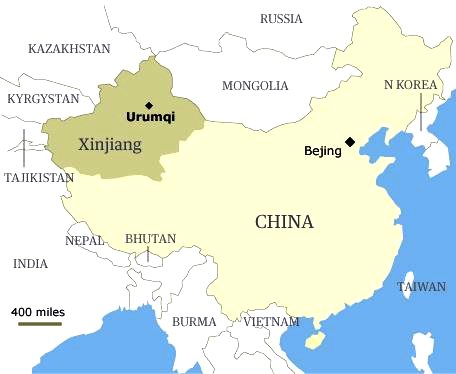International Relations
China’s New Border Law
- 03 Jan 2022
- 5 min read
For Prelims: Location of China and its surrounding countries, Brahmaputra River, Arunachal Pradesh and its border countries
For Mains: Impact of China’s New Border Law on India-China Relations
Why in News
China’s new law on land borders came into effect from 1st January, 2022.
- It comes at a time when border standoff in eastern Ladakh remains unresolved and several places in Arunachal Pradesh have been renamed recently by China as part of its claim on the Indian state.
Key Points
- About:
- Delimitation and Survey of Land Borders:
- The new law lays down that the People’s Republic of China (PRC) shall set up boundary markers on all its land borders to clearly mark the border.
- Management and Defence of Border Areas:
- The People’s Liberation Army (PLA) and Chinese People’s Armed Police Force are assigned with the responsibility of maintaining security along the border.
- This responsibility includes cooperating with local authorities in combating illegal border crossings.
- The law prohibits any party from indulging in any activity in the border area which would “endanger national security or affect China’s friendly relations with neighbouring countries”.
- Even citizens and local organisations are mandated to protect and defend the border infrastructure.
- Finally, the law provides for the border to be sealed in the event of a war, armed conflict, incidents which threaten the security of border residents such as biological and chemical accidents, natural disasters, and public health incidents.
- The People’s Liberation Army (PLA) and Chinese People’s Armed Police Force are assigned with the responsibility of maintaining security along the border.
- International Cooperation:
- On the topic of its border-sharing countries, the law lays down that the relations with these countries is to be based on principles of “equality and mutual benefit”.
- Further, the law provides for provisions for formation of joint committees, both civil and military, with the said countries to negotiate land border management and resolve border-related issues.
- The law also stipulates that PRC should abide by the treaties on land borders that it has signed with the respective countries and all border issues are to be settled through negotiations.
- Delimitation and Survey of Land Borders:
- Concerns:
- Formalise the Chinese Military’s Transgressions:
- The broader aim of the land border law is to give legal cover and formalise the Chinese military’s transgressions across the LAC (Line of Actual Control) in 2020.
- Fresh Impetus to Civilian Agencies:
- The law calls for increased settlement of the civilian population and improved infrastructure along the border area.
- China has previously used the strategy of moving its “civil” population along the contested part of the LAC on the basis of which it claims rightful ownership.
- The new law might increase such instances and create further problems between the two countries.
- The law calls for increased settlement of the civilian population and improved infrastructure along the border area.
- Limiting the Water Flow:
- There is also the possibility of limiting the water flow in the Brahmaputra or Yarlung Zangbo river which flows from China into India as the law calls for “measures to protect the stability of cross-border rivers and lakes”.
- China might cite this provision in case of hydropower projects which may cause ecological disaster in India and call it a lawful action on its part.
- Formalise the Chinese Military’s Transgressions:
- China's Border Disputes:
- China has a 22,100-kilometer land border with 14 countries.
- It has resolved the boundary disputes with 12 neighbours.
- India and Bhutan are the two countries with which China is yet to finalise the border agreements.
- China and Bhutan signed an MOU firming up a three-step roadmap for expediting the boundary negotiations.
- India-China border disputes cover 3,488-km along the Line of Actual Control, China-Bhutan dispute covers about 400 km.
Way Forward
- The naming of 15 places in Arunachal Pradesh as its own territory by China came as India and China remain engaged at both diplomatic and military levels to complete the stalled disengagement process along the LAC.
- Restoring relations, as well as the status quo along the borders, will require mutual sensitivity and an adherence to past agreements that helped keep the peace, rather than needless provocations that expand an already long list of differences.





